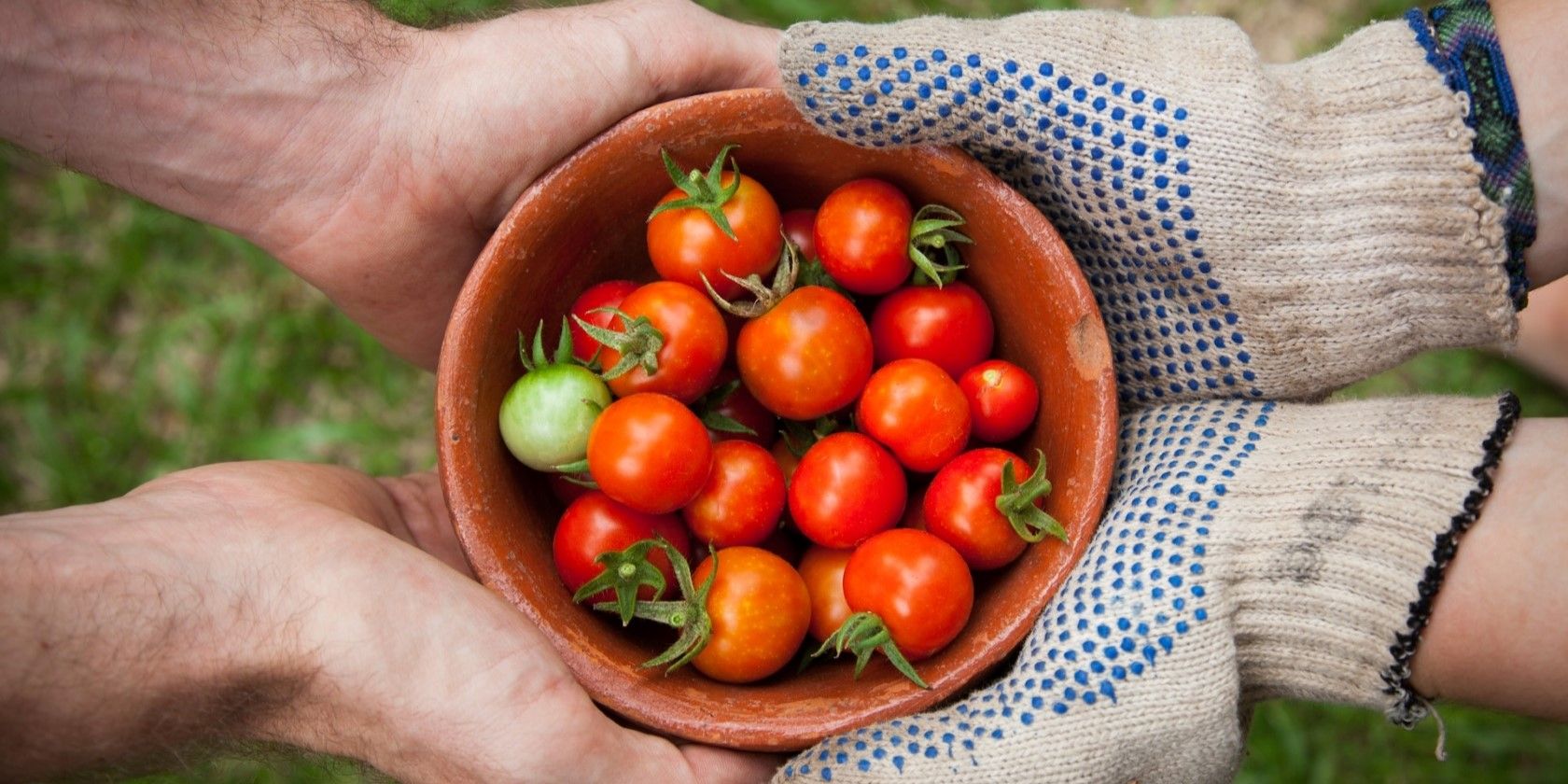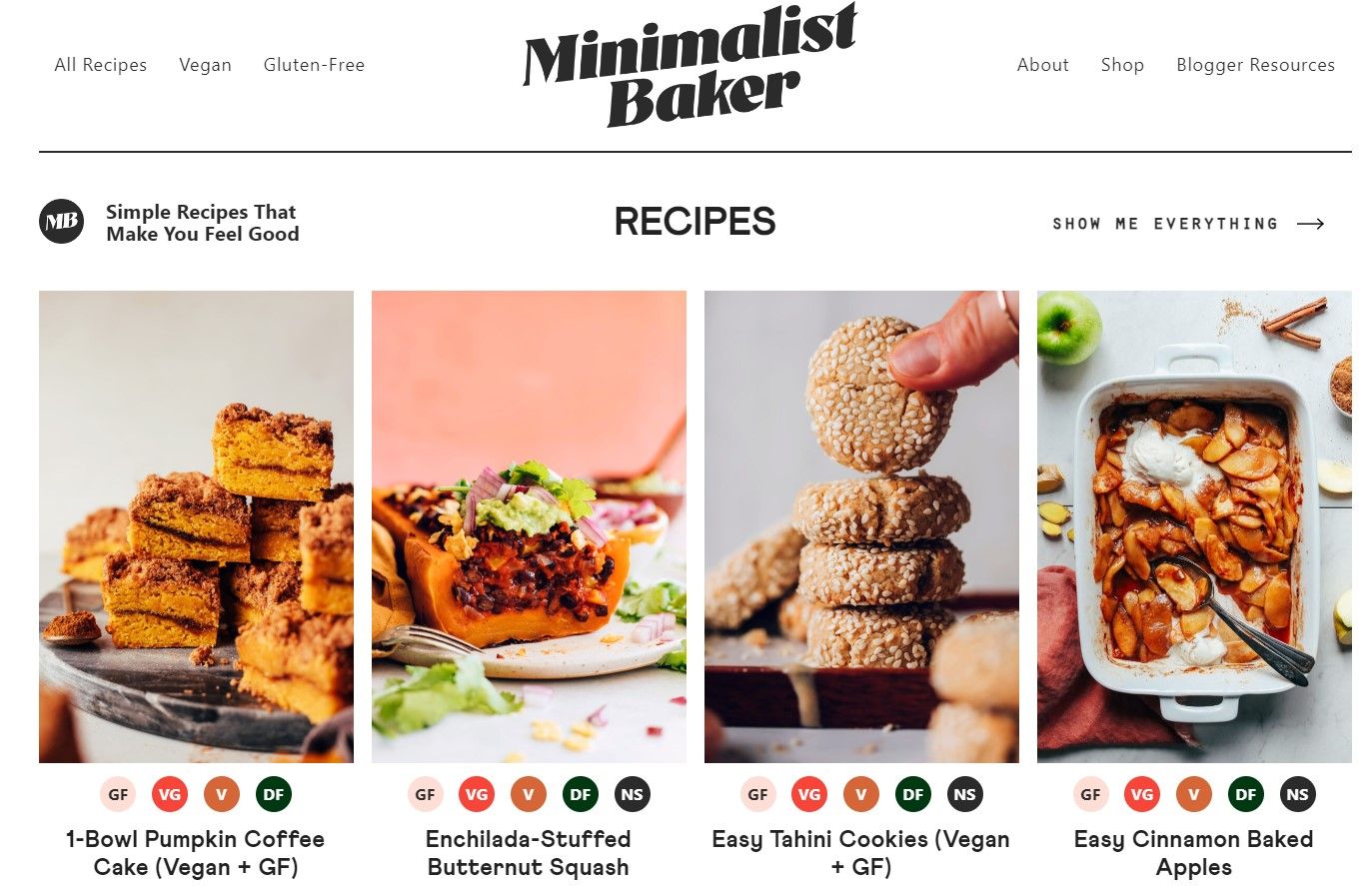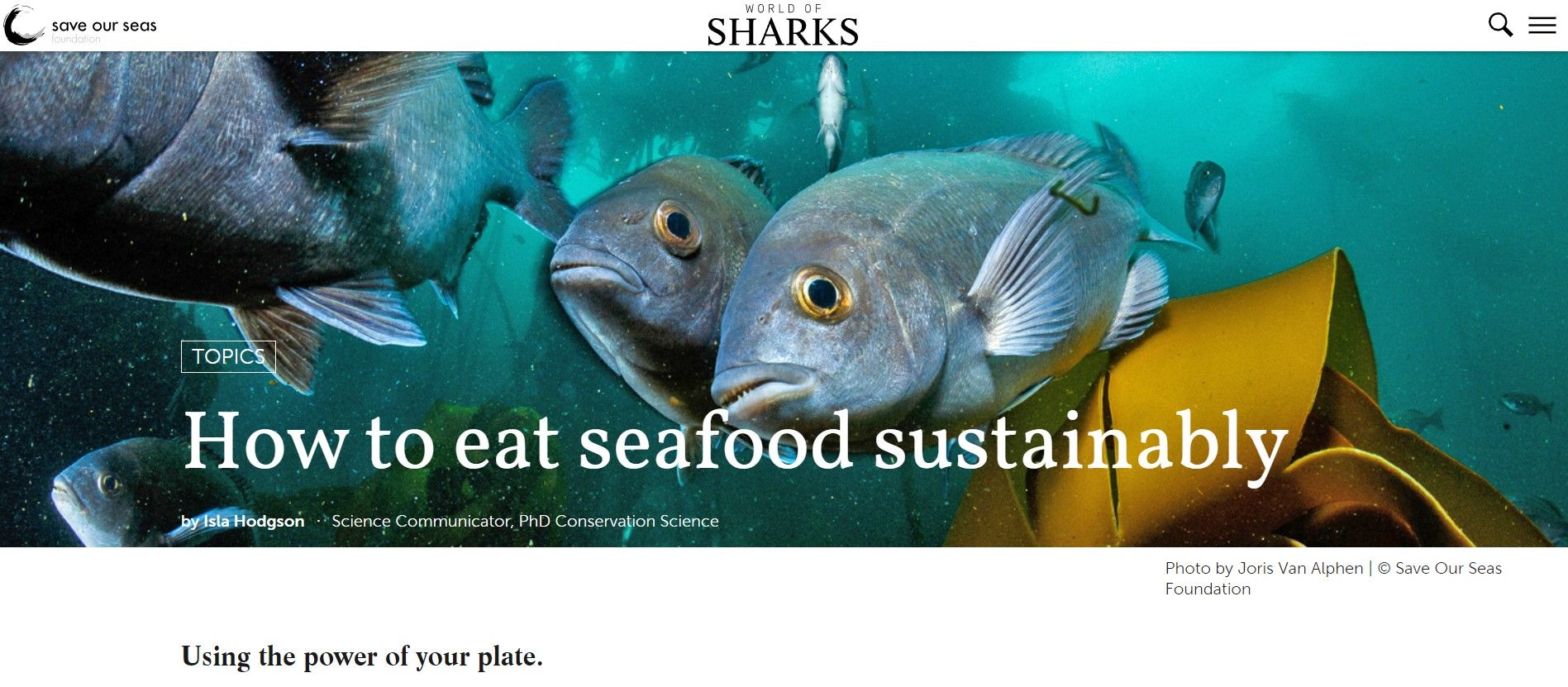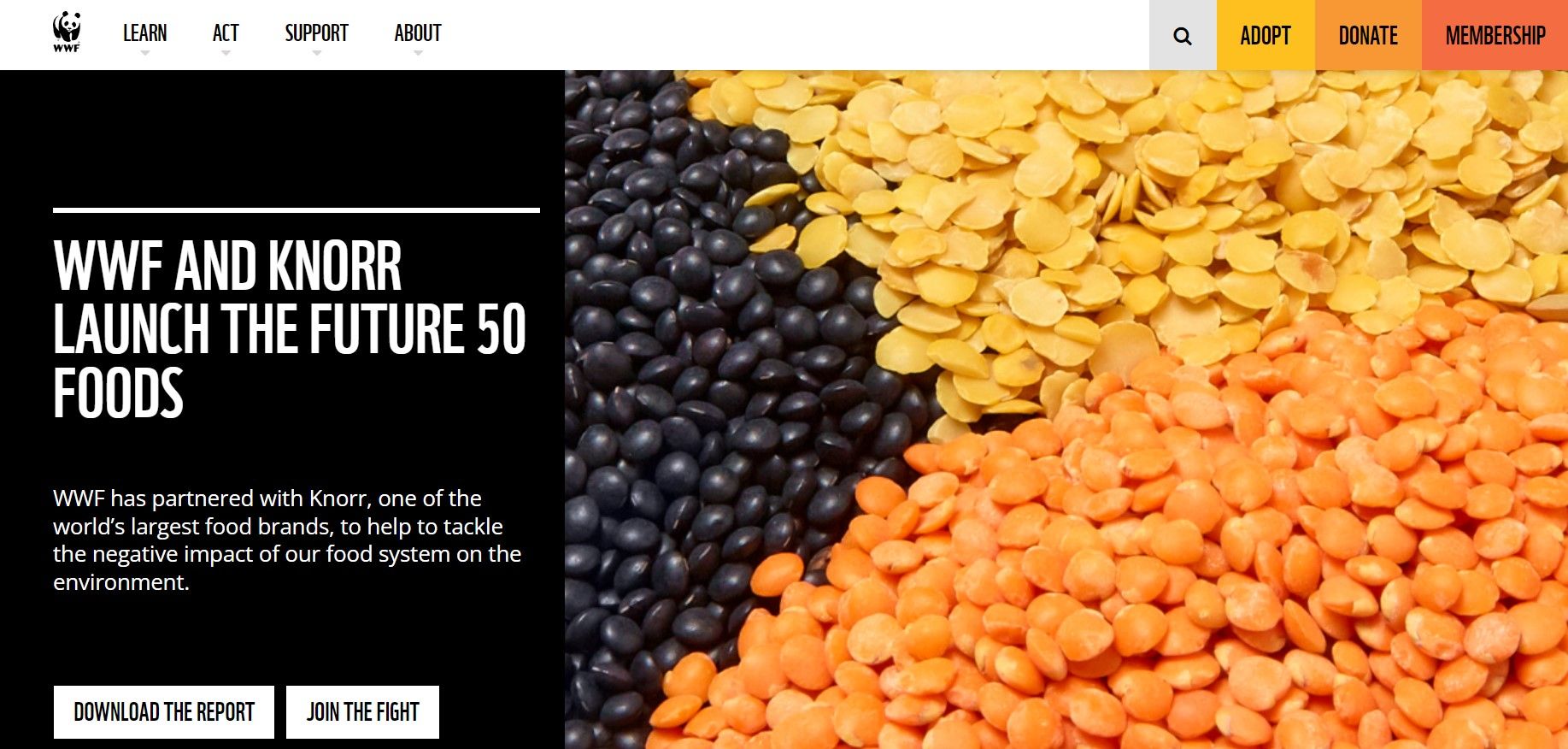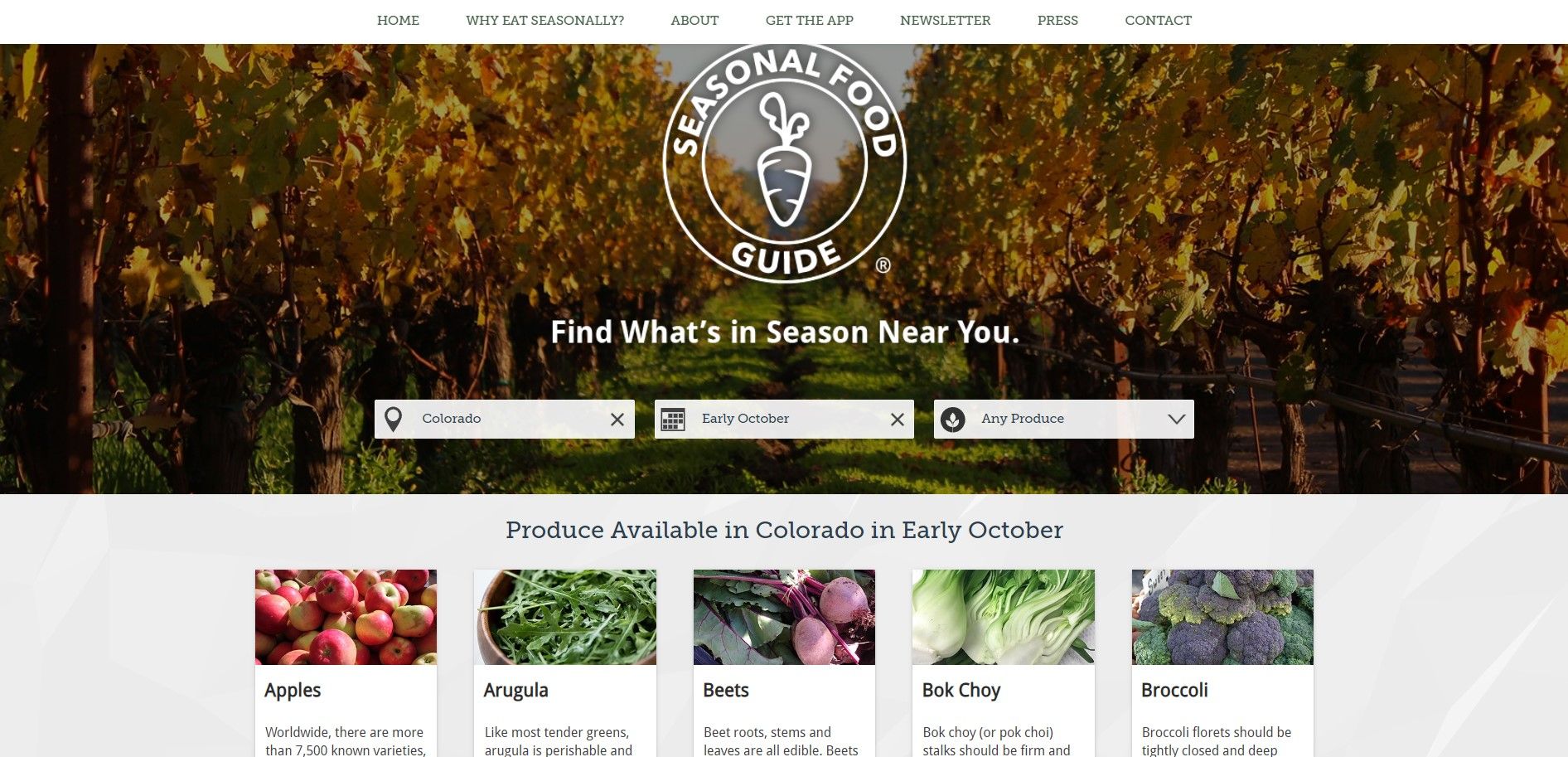Most people have been told at some point to eat a healthy and “sustainable” diet—one that prioritizes your health and the planet. As food production is responsible for approximately a third of all greenhouse gas emissions globally (which drive climate change), this can seem like a fair request. Yet, the advice you're given to eat a sustainable and healthy diet can be unattainable for many people, primarily due to food costs, food availability, or personal dietary requirements.
To help you eat a more accessible healthy sustainable diet, we’ve paired sustainable eating guidelines with apps and online resources to strike the balance where you can.
1. Eat “Plant-Rich” With Accessible Vegetarian Apps
The Food Standards Agency summarizes a healthy and sustainable diet as a pattern of consumption behavior that prioritizes both human and planetary health. Among the healthy sustainable guidelines promoted by the Food Standards Agency and other leading organizations (including the WWF and the British Dietetic Association), shifting your diet to include more plant-based foods tops the list.
According to the EAT-Lancet Commission Report (2019), a diet that’s rich in plant-based foods and fewer animal sources can help improve health and the environment. This might sound daunting to anyone unfamiliar with plant-based recipes, but there are vegetarian apps that make healthy eating simple and accessible.
Check out these apps and resources to help you introduce more plant-based meals into your diet:
- Vegan Amino. Available online and as an app, Vegan Amino is a social micro-network where you connect with others and find plant-based recipes. Check out the Vegan Amino Starter Kit to learn about the features of the platform, or scroll through the user-generated plant-based recipes.
- Minimalist Baker. Offering accessible plant-based recipes that require 10 ingredients or fewer, one bowl, or 30 minutes or less to prepare. You can also find healthy gluten-free recipes and other dietary requirements from Minimalist Baker.
- HappyCow. If cooking isn’t your thing—or if you’re worried about trying plant-based foods when dining out—download the HappyCow app. You can search its worldwide database to find vegetarian and vegan restaurants to help you up your plant-based meals when eating out.
You don’t need to make drastic changes to your diet to help your health and the planet. Rather than cutting out dairy and meat completely, simply aim to eat more fruit and vegetables (frozen, canned, and dried all count) and fewer animal food sources.
2. Use Online Tools to Choose Responsibly Sourced Fish
Most dietary guidelines, such as those by the NHS, recommend eating at least two portions of fish a week—including a minimum of one portion of oily fish. According to the NHS, oily fish (think herring, salmon, sardines, trout, and mackerel) are the richest source of long-chain omega-3 fatty acids, which can help prevent heart disease. Yet, to reduce overfishing, it's crucial to understand how to meet this dietary recommendation.
For starters, you can read the advice from Save Our Seas Foundation on how to eat seafood sustainably. You’ll learn what sustainable fishing is and how to identify whether your fish or seafood has been responsibly sourced.
To determine if the species of your fish is sustainable, you can use the Seafood Watch tool, which highlights the species that are the best choice. Finally, when shopping for fish, look out for logos such as the blue Marine Stewardship Council (MSC) mark, which identifies independently certified sustainable fisheries that follow good management practices to help preserve fish stocks and livelihood.
3. Waste Less Food With Food-Sharing Apps
No one likes waste. When it comes to the planet, approximately 8–10% of global greenhouse gas emissions relate to food waste, according to the Energy Saving Trust. Fortunately, there are ways you can improve your diet’s carbon footprint while ensuring your food doesn’t go to waste. Check out these apps to help you waste less food:
- Too Good to Go. If you’re keen to save money and reduce food waste, download the Too Good To Go app. You can buy excess food from grocery stores, cafes, and restaurants for a fraction of their full price.
- EmptyMyFridge. Make healthy meals by using up perishable food you already have at home with EmptyMyFridge. Simply enter the foods you already have into the app, and you’ll receive an AI-generated list of recommended recipes to make.
- MyFridgeFood. Similar to EmptyMyFridge, Use this recipe-based search engine to find recipes based on what you already have in your fridge—no shopping necessary!
- Olio. Community-driven Olio app allows you to donate food you’re unable to consume before its expiry date, You can also browse other local users’ food that is available for you to pick up.
Using food-sharing and saving apps can help make your eating more sustainable.
4. Eat More Variety Using a Food Tracker App
According to the Food and Agriculture Organization, 75% of the world’s food supply comes from just 12 plants and 5 animal species. This shocking limitation reinforces the need for people to include more variety in their diets.
Eating a varied diet can help you attain all essential nutrients and reduce the risk of developing deficiencies. It also supports the planet’s health by reducing resource intensity, lowering greenhouse gas emissions, and encouraging sustainable agriculture.
If you’re at a loss on how to introduce variety into your diet, try using a food tracker app. Apps like MyFitnessPal and Lifesum can help you track your micro and macronutrient intake across a week to ensure you’re eating a varied diet. Alternatively, Cronometer can help you learn how to eat healthily, highlight your repeating food choices, and encourage you to eat a more varied diet.
Start by tracking your food intake for one day without changing your regular diet. The next day, see if you can make different food choices from the first day. On your third day of tracking, try to choose different foods from your first and second days, and so on for seven days. Aiming for different food choices across a week is an achievable way to introduce variety to your diet.
Download: Cronometer for Android | iOS (Free, in-app purchases available)
5. Check Out the Online Future 50 Foods Report
To further help introduce variety into your diet, take a look at the Future 50 Foods report online. Created by the WWF and food giant Knorr, the report aims to help tackle the impact of our food systems on the planet. It lists diverse plant-based foods from around the world that can boost the nutritional value of your meals whilst reducing the environmental impact of the food supply chain.
You can learn how to prepare food on this list by reading Knorr's collection of downloadable recipe books that accompany the report.
6. Grow Your Own Food With Gardening Apps
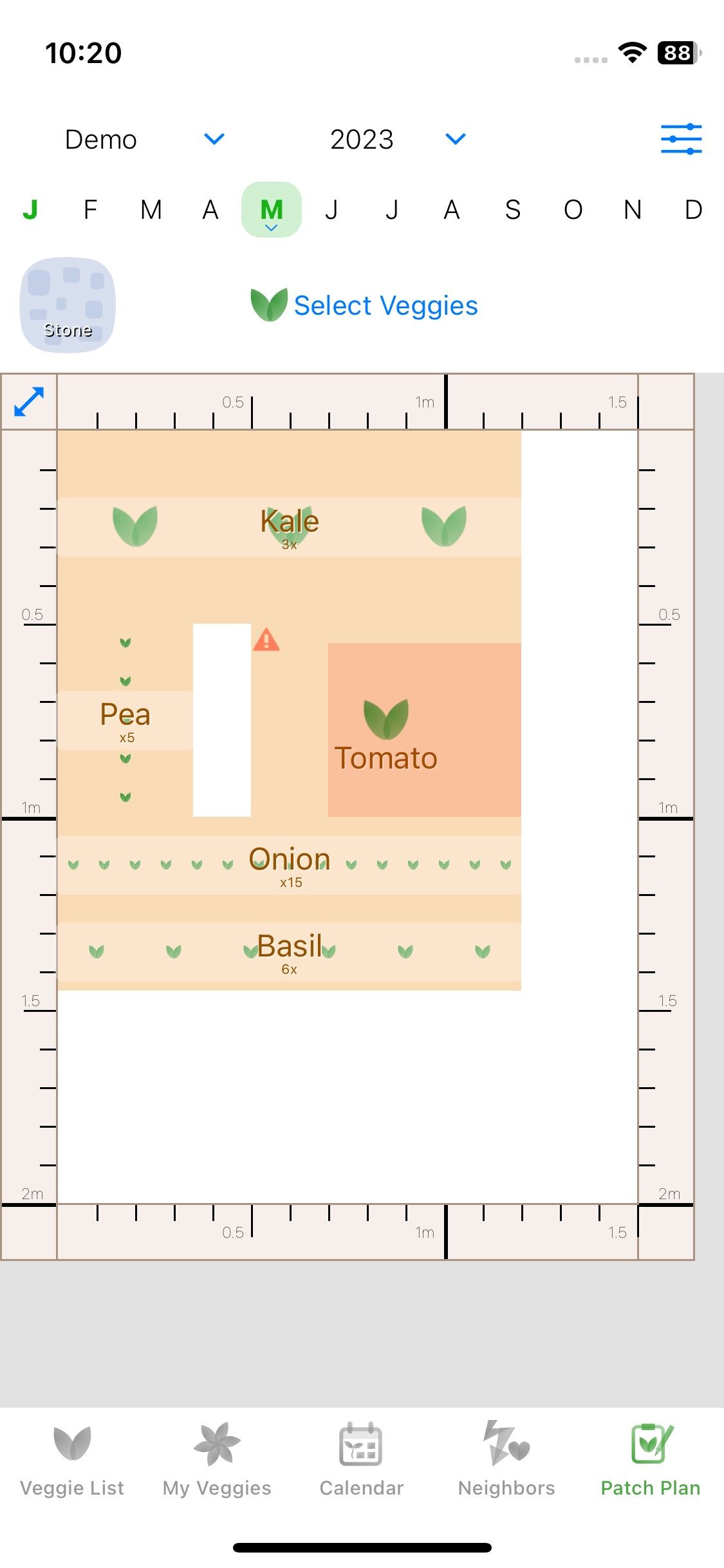
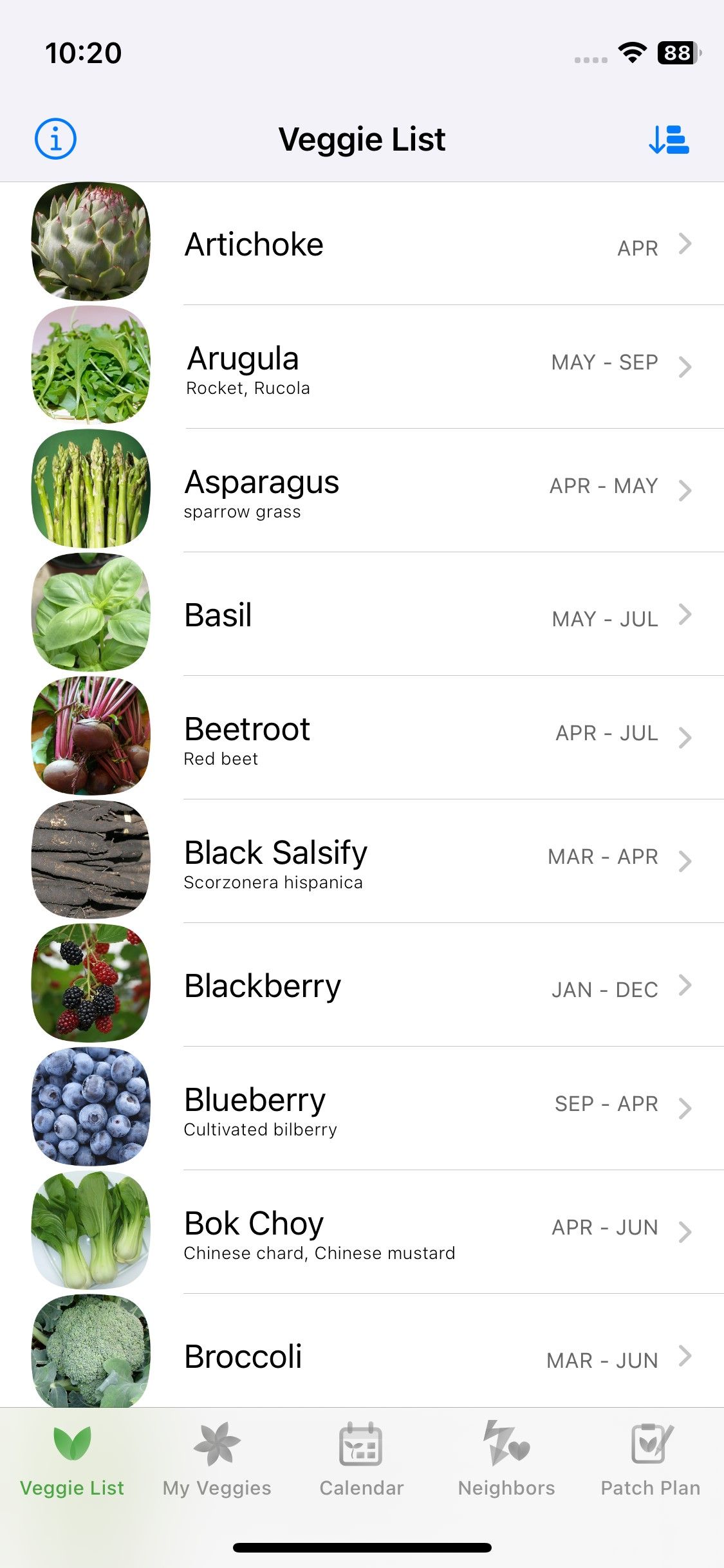

If you have the space, growing your own food can help you save money and eat a more sustainable healthy diet. You can also reduce your carbon footprint of shop-bought food by eating from your home garden.
For first-timer gardeners, try the Veggie Garden Planner app. It can help you plan out your garden, including where to grow each plant depending on the effect it can have on other plants. It’s free to use, but you can pay to upgrade to gain access to all plant varieties.
Download: Veggie Garden Planner for Android | iOS (Free, in-app purchases available)
7. Eat Seasonally With Online Resources
Eating seasonally means eating only the fruits and vegetables that are in season in your local area (or in your home garden!). Eating seasonally is cheaper, has less impact on the planet, and can help you eat a more varied diet.
To help you learn what food is in season in your area, the Seasonal Food Guide is an invaluable online resource. You can select the state you live in, input the month, and select specific or all produce to see what’s available. You can also download the Seasonal Food Guide to use on the go.
Download: Seasonal Food Guide for Android | iOS (Free)
Start With Small Steps Toward a Sustainable Healthy Diet
The resources in this article can support you in striving for a more healthy and sustainable diet. As with any change, taking small steps is key to success; don’t try to tackle every area of your diet at once. Do what you can with the resources you have access to and know even a small change can make a difference to both your health and the planet.

